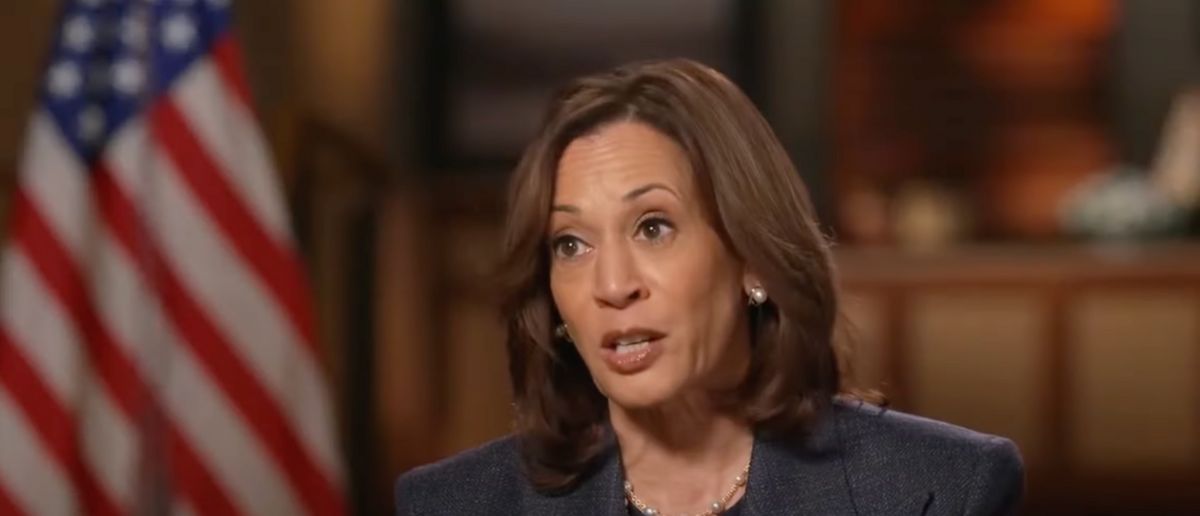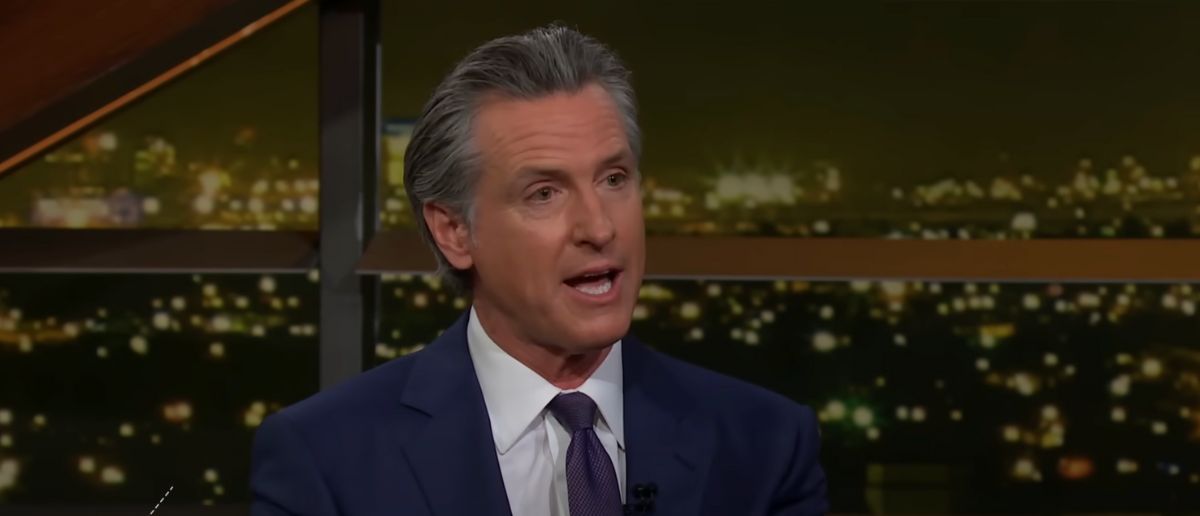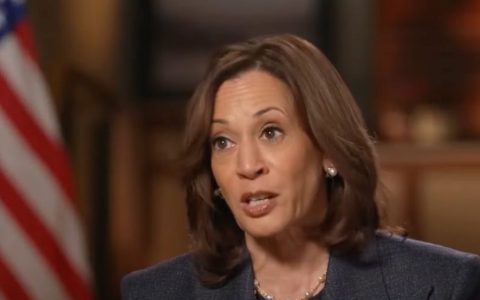
Senate Minority Leader Schumer has held the reins of power for far too long. Now it’s crashing down around him.
And Chuck Schumer went pale as a ghost after one Republican destroyed his career.
Shutdown Showdown: October’s Lockout vs. March’s Last-Minute Save
The ongoing federal government shutdown, now in its second week as of October 13, stands in stark contrast to the near-miss crisis in March, highlighting deepening divides in Congress over spending amid Republican majorities in both chambers and the White House.
Timeline and Triggers: From Deadline Dodge to Deadlock
March’s funding cliff on March 14 loomed large but dissolved swiftly through compromise, while October’s fiscal year-end on September 30 triggered a full closure when no deal emerged.
In March, lawmakers passed a House Republican-led continuing resolution (CR) extending current spending levels, signed into law just before midnight to avert disruptions. Senate Minority Leader Chuck Schumer and nine Democrats joined Republicans in support, despite pushback from party progressives.
October’s standoff, however, has seen repeated Senate vote failures on rival CR proposals, with Democrats blocking measures lacking concessions on aid and subsidies.
The shutdown began October 1, furloughing hundreds of thousands of federal workers and delaying services from tax processing to national parks.
Players and Pressures: Bipartisan Blink to Partisan Brink
Key figures like House Speaker Mike Johnson have championed clean CRs to buy negotiation time, echoing March’s playbook, but face stiffer Democratic resistance this round.
Schumer, who drew intra-party fire for his March vote, has since rallied Democrats against short-term fixes without addressing priorities like foreign aid rescissions and health program funding— a shift from his prior warnings that “there are no winners in a shutdown.”
President Trump has pressed for swift action, while Republicans decry Democratic tactics as clock-burning for leverage. Public polls show blame split evenly between parties, with growing concerns over economic drags like delayed grants and labor strains.
Fallout and Forward Path: Ripples Grow as Clock Ticks
March’s brush with shutdown yielded minimal fallout—brief uncertainty but no closures—preserving services and paychecks.
By contrast, October’s prolonged halt has amplified impacts: roughly 276,000 workers on unpaid leave, stalled refunds and grants, and potential ripples into state budgets and Federal Reserve decisions.
With no formal talks underway, Johnson has called for “common sense” Democratic votes to unlock a temporary extension, eyeing seven more weeks for full appropriations amid accusations of political self-preservation on both sides.





